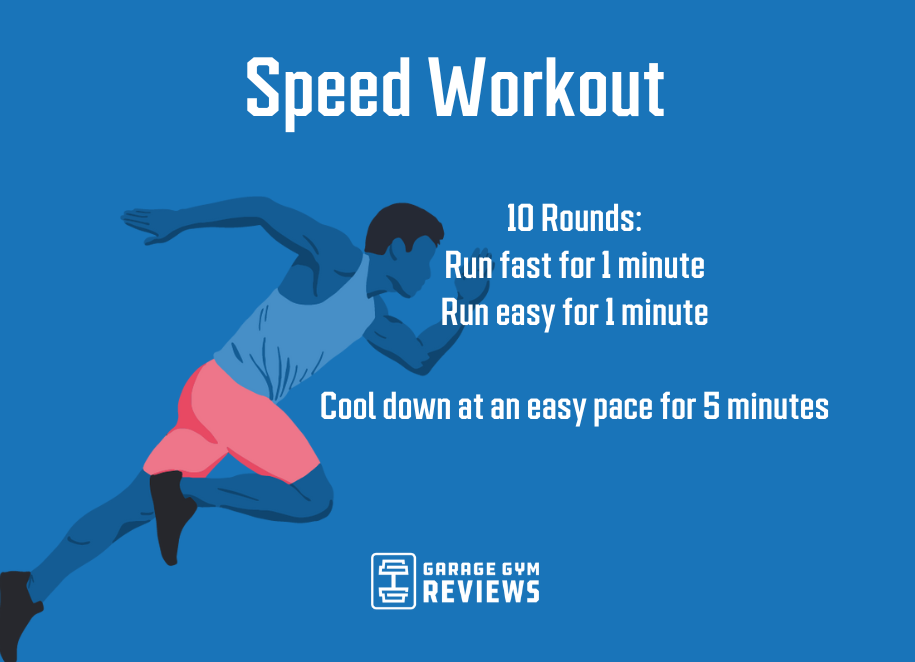Raise Your Running Strategy with Proven Techniques
Wiki Article
Just How to Prevent and Handle Pain in Running: Expert Tips and Advice
As runners, we often find ourselves captured in between the excitement of pushing our physical boundaries and the pain that can accompany it. The search of that runner's high can often be prevented by the unwelcome friend of discomfort. Whether you are an experienced marathoner or a novice hitting the sidewalk for the initial time, the unpleasant existence of discomfort and discomfort is a typical denominator. Nonetheless, there exist tested techniques and expert advice that can aid minimize and take care of these pains, enabling you to concentrate on the happiness of running itself.Significance of Proper Shoes
Correct footwear plays an essential function in avoiding and taking care of discomfort for runners, as it dramatically affects their comfort, efficiency, and total foot health. When it pertains to running, wearing the right shoes can make all the distinction. Uncomfortable or improper footwear can result in a host of concerns such as sores, shin splints, plantar fasciitis, and much more severe injuries like tension cracks.Choosing the correct running footwear includes taking into consideration elements such as foot kind, gait technicians, running surface, and personal preferences. Runners with high arches may need even more padding and assistance, while those with level feet could take advantage of security shoes. Additionally, recognizing pronation (the internal rolling of the foot) and supination (the outward rolling of the foot) can help in selecting shoes that offer the ideal degree of arch assistance.
Spending in top quality running shoes that are suitable for your private requirements can aid prevent discomfort and discomfort while improving your running experience. Focusing on correct shoes is not nearly efficiency however likewise about protecting your foot health over time.

Reliable Warm-up Strategies
Footwear choice is simply one aspect of planning for a successful run; another important aspect is executing effective workout methods to enhance performance and lower the danger of injury. A dynamic workout regimen before a run aids boost blood flow to the muscles, boosts versatility, and enhances the variety of activity of the joints. Dynamic stretches like leg swings, high knees, and hip circles are useful in preparing the body for the physical demands of running. Progressively boosting the intensity of the workout exercises can aid trigger the muscles and improve neuromuscular control.In addition to dynamic stretches, including some light cardio workouts such as jogging or missing rope can even more boost the heart rate and heat up the body. This mix of dynamic extending and light cardio helps loosen up tight muscle mass, oil the joints, and psychologically prepares the jogger for the upcoming exercise (running workout). By making workouts a consistent part of your running regimen, you can considerably lower the danger of injuries and perform at your ideal during each run
Secret Extending Exercises
When preparing for a run, including essential Resources stretching workouts is necessary to enhance muscle mass versatility and avoid injuries - Read More. Dynamic stretches such as leg swings, high knees, and hip circles are helpful for heating up the muscles and enhancing variety of movement before a run. These motions assist improve blood circulation, loosen up tight muscle mass, and prepare the body for the task aheadFixed stretches like calf bone stretches, hamstring stretches, and quadriceps stretches should comply with a run to help in muscle mass recuperation and avoid tightness. Holding each stretch for 15-30 seconds permits the muscles to relax and elongate, reducing the threat of post-run discomfort and possible injuries.
Additionally, incorporating yoga exercise poses like descending canine, pigeon pose, and spine spins can target numerous muscle teams all at once, promoting general versatility and stamina. Regular extending regimens not just boost efficiency but also help in maintaining good running type and stopping overuse injuries. Bear in mind, correct extending techniques are critical for a safe and pleasurable running experience.
Healing and Rest Methods
After finishing a run, carrying out efficient healing and remainder methods is crucial for taking full advantage of performance and reducing the risk of injuries. One essential element of healing is enabling the body time to rest and repair itself. Adequate sleep is critical as it is throughout rest that muscles recuperate and grow more powerful. Furthermore, including day of rest right into your training schedule is vital to prevent overuse injuries and fatigue.Energetic recuperation methods such as mild stretching, foam rolling, and yoga exercise can help enhance flow, decrease muscle mass pain, and enhance versatility. It is additionally advantageous to focus on hydration and nourishment post-run to restore electrolytes, glycogen stores, and promote muscle mass recuperation.
Cross-training tasks like swimming or cycling can offer a break from the repeated influence of running while still keeping cardio fitness - running workout. Paying attention to your body and identifying when it needs a break is key to stop persistent injuries and guaranteeing lasting running success. Remember, rest is not an indication of weak point yet a critical component of an all-round training routine
Cross-Training Advantages
:max_bytes(150000):strip_icc()/running-longer-or-faster-31e97070bda14ffc8afdea52094504c7.jpg)
It allows you to function on various facets of health and fitness that may not be targeted only through running, leading to an extra well balanced and versatile professional athlete. Furthermore, cross-training can aid improve running performance by attending to muscular discrepancies and weak points that may prevent performance.
Verdict
To conclude, proper shoes, workout methods, extending exercises, recuperation techniques, and cross-training are important elements in preventing and handling discomfort in running. By incorporating these methods into your routine, you can lessen the risk of injury and pain while optimizing performance and pleasure of the sporting activity. Read More. Keep in mind to listen to your body, prioritize rest and healing, and seek professional support when required to ensure a secure and effective running experienceReport this wiki page